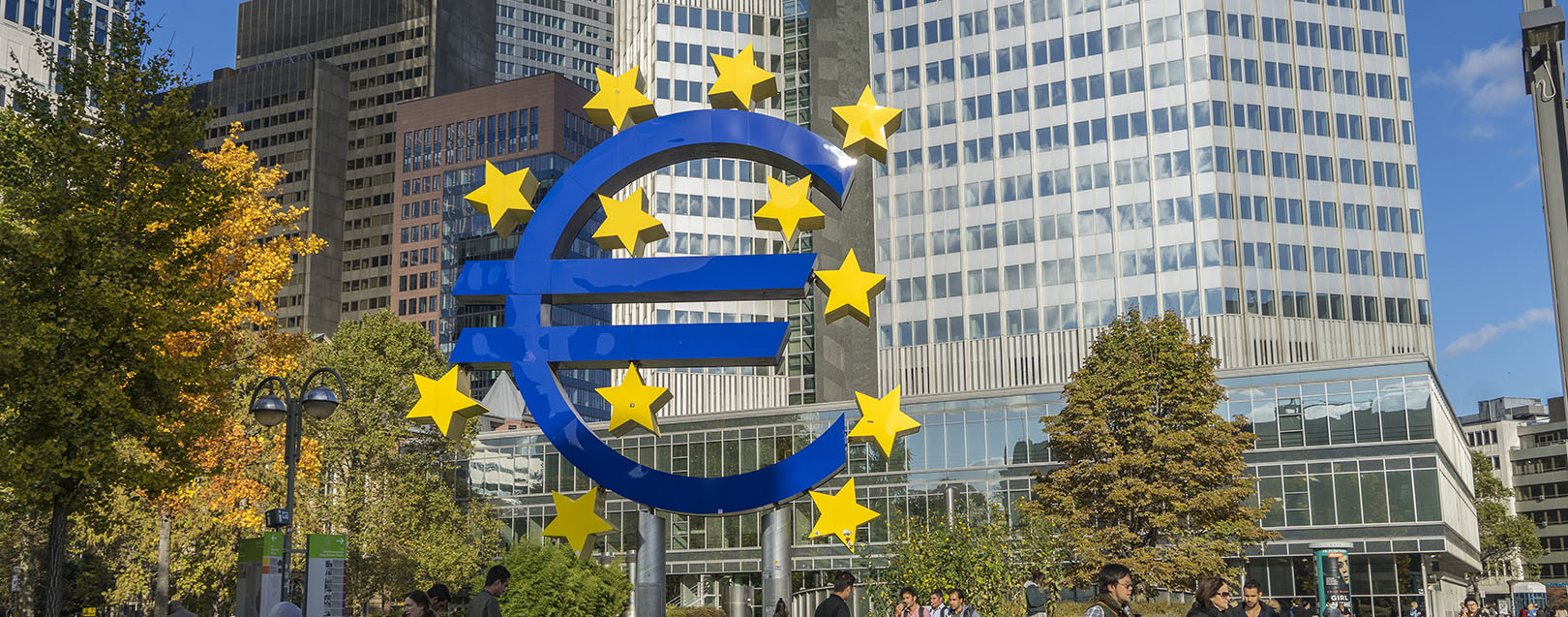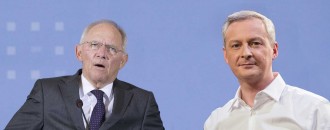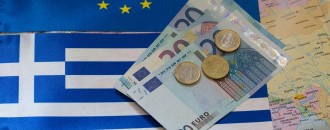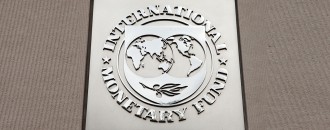
Eurozone economy indicators largely positive in 2017
The Dollar Business Bureau
After a satisfactory year for the euro zone economy in 2016, the new year has also kicked off on a positive note, with evidence from the European Central Bank’s massive cash stimulus seeming to open up more economic growth probabilities for the region.
However, the year 2017 is slated to bring its share of challenges, both economic and political; but overall the euro zone economy is doing better than what many expected.
German inflation stood at 1.9% in 2016, highest since July 2013 and spot on the ECB's under 2% target for the euro zone.
Spain showed a remarkable recovery once again after the 2008 euro crisis, growing at 3.2% and another 3.2% and 1.4% in the previous two years.
Netherlands’s manufacturing hit the highest since 2008, prompting the Dutch central bank to raise the country’s growth forecast to 2.3% in 2017 from 1.9% in 2016.
Various economic indicators for the euro zone as a group remained better than expected. Lithuania's and Latvia's GDP was 3% and 2.1% in the fourth quarter, respectively. Austria’s inflation also accelerated and so did its purchasing managers' index.
The growth indicators are sure to bolster ECB’s sentiments; for, it has so far pumped over $1.6 trillion (1.5 trillion euros) into the eurozone economy to try to control deflation and kick-start economic growth. The ECB has also signalled that it will not contain extending financial support to the eurozone economy.
The ECB has time and again underlined that it wants to see sustainable economic improvement in the region and considers the present state of the euro zone economy as half-work-done.
But there are several political permutations and combinations awaited; such as the presidential election in France and anti-euro result featuring the 5-Star movement in Italy, that could complicate or delay the euro zone’s progress.






 to success.
to success.